The LG Nano 81 is one of those TVs that, if you don’t know what you’re looking for, can appear to be rather attractive on paper if you don’t know what you’re looking for. It’s part of LG’s Nano Cell range and features the same colour-enhancing technology as the other Nano Cell models, as well as a 4K resolution and HDR support. It’s a significant upgrade for anyone coming from a 1080p TV, but it leaves a lot to be desired in terms of value for money.
That’s because, although LG’s other Nano Cell TVs have Dolby Vision, native 120Hz refresh rates, and full array screens, the LG Nano 81 has edge lighting and poor local dimming. It lacks VRR and HDMI 2.1 connectors, as well as a slew of other cutting-edge features that can be found in LG’s 2020 TV lineup.
Even if it doesn’t have the Alpha a9 or even the Alpha a7 Gen. 3 CPU inside, the LG Nano 81 benefits from the company’s advancements in upscaling algorithms, which isn’t much. This, paired with the IPS panel’s superior viewing angles and eye-catching design, means that this TV isn’t entirely without worth, but it does severely limit who this TV is suitable for.
What will you see here?
Price and release date
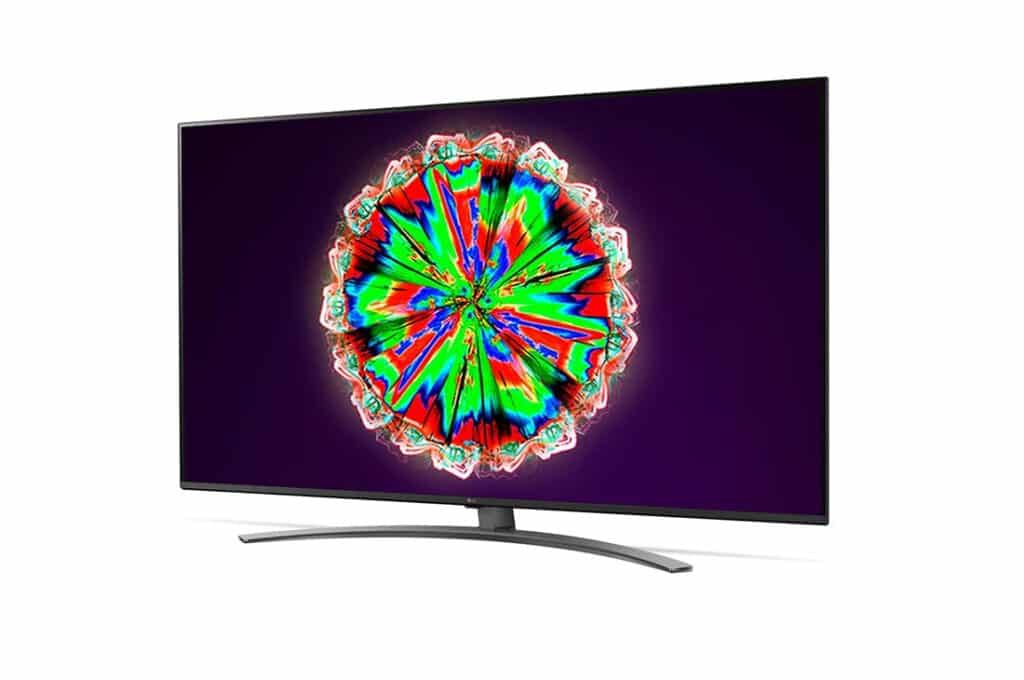
The LG Nano 81 is a TV that was introduced as part of LG’s 2020 TV lineup. It comes in three screen sizes: 55 inches, 65 inches, and 75 inches, with prices ranging from $649.99 / £699 (approximately AU$900) for the 55-inch 55NANO81 to $1,499 for the 75-inch 75NANO80, which is only available in the United States.
The good news is that the LG Nano 81 has already seen some excellent discounts — the 55-inch version was under $499.99 before Black Friday at Best Buy and is likely to stay that way, while the 75-inch version is currently under $1,000 at several shops. Given their beginning costs, this is fantastic news, and it implies they might drop much more for Black Friday.
The bad news is that LG’s superior Nano Series TVs aren’t much more costly than the Nano 81. The LG Nano 85, starts at $699.99 for the 55-inch model and has HDMI 2.1 and a 120Hz refresh rate. A better match for the Xbox Series X and PS5. While the LG Nano 90 is only $100 extra at $799.99.
Design of LG Nano 81

While the LG Nano 81’s design is to blame for some of its performance issues. It does have the appearance of a luxury television: the front face has a small bezel, and the cone base provides it with a really modern look.
The rear of the TV doesn’t jut out very far since it employs edge lighting, making it ideal for wall-mounting. It’s also not the heaviest screen in the world if you only choose the 55-inch model.
There are four HDMI connectors, one USB port, a set of component inputs, optical audio. There’s also an internet connection on the back of the smart tv. Unfortunately, all of these HDMI connectors are version 2.0b, which is no longer the current standard. Because the TV is limited to a 60Hz native refresh rate, having HDMI 2.1 connections would have enabled a number of superior features. But the greatest of those – 4K@120Hz – was never a possibility.
The plus side is that this TV comes come with the LG Magic Remote, which is quite comfortable to use. Although the remote includes specific keys for Netflix and
Smart TV (WebOS with ThinQ AI)
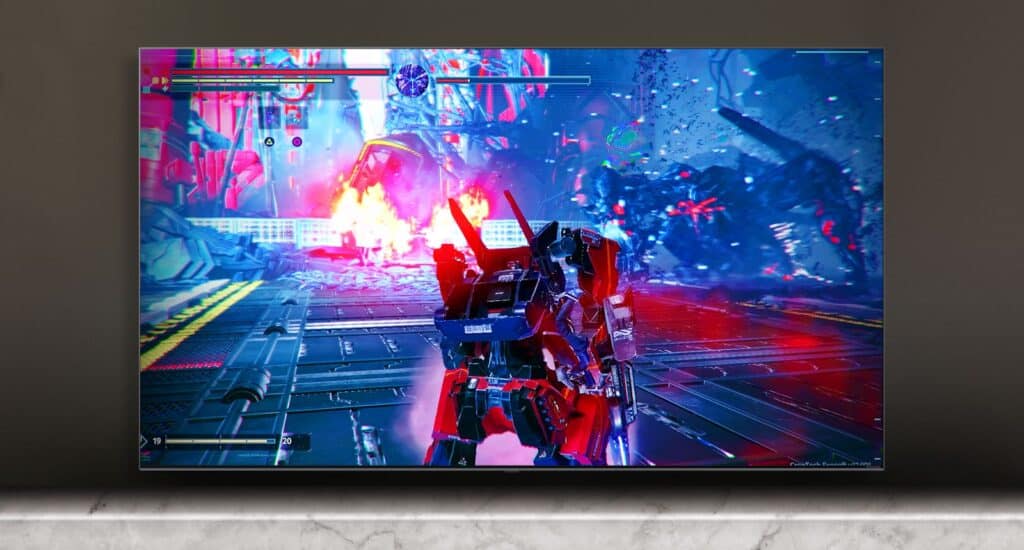
LG’s WebOS is without a doubt one of the most well-known smart TV systems. WebOS is amazing in terms of usability, responsiveness, and app support. For starters, on a good wifi connection, load time is practically non-existent. In a couple of seconds, we were able to switch from Netflix to
Moreover, LG’s newest WebOS lacks a few peripheral services. Practically every big provider is supported, including Netflix, Hulu,
The last feature worth highlighting for WebOS is its support for screen mirroring. This allows anybody on your Wi-Fi network to cast content from their phone or tablet to their TV without the need to link through Bluetooth. When you have guests over and want to show them a small clip from YouTube, or when you’re viewing anything on your phone that you think would look better on a 65-inch screen, this function comes in handy. In any case, its existence here is really useful.
Picture performance of LG Nano 81
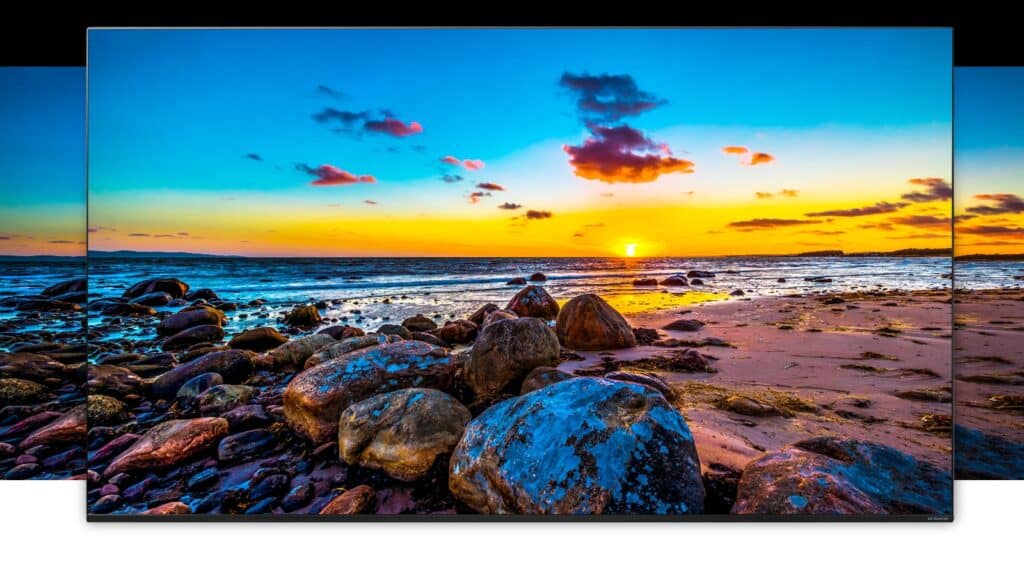
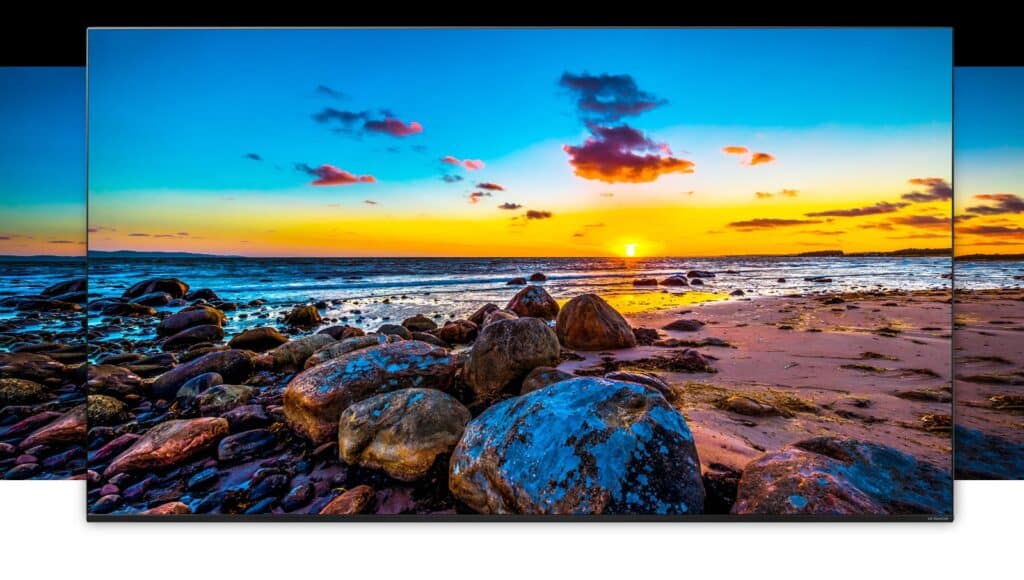
The visual quality of the LG Nano 81 is a bit of a mixed bag. Colourful material like full-screen video games and cartoons appear fantastic. Cinematic films and TV series suffer from poor local dimming and restricted brightness.
We’re talking about how horrible local dimming is. Expect a halo surrounding nearly any bright picture on a dark backdrop, as well as the screen’s backlights around the top and bottom. This is particularly evident in an all-dark environment and will certainly distract you on your next movie date. Thankfully, you can reduce the local dimming threshold in the image options, but it doesn’t make things any better.
As a result, darker films are affected by poor local dimming. Brighter films never entirely shimmer due to the TV’s low peak brightness. It’s not a big deal while watching HD/SDR stuff like your local news, but when watching 4K/HDR videos like The Dark knight or any of Netflix’s original episodes or films. You’ll notice it more.
In terms of Using in, the LG Nano 81 is the only Nano Cell TV that does not support Dolby Vision. Instead of relying on HDR10 and HLG. That means you’ll still be able to watch HDR shows on Netflix and Vudu. It won’t have the more nuanced colour grading or greater peak brightness that the Dolby Vision version has.
The LG Nano 81 also deserves praise for being a good console companion. Particularly for the PS4 and Xbox One X. Most games, we ran on it seemed very fluid at 60 frames per second. Its minimal input latency of roughly 10ms and quick reaction time. It’s not a good fit for next-gen systems that can play at 120 frames per second, but it’s a terrific choice for today’s hardware.
Audio performance
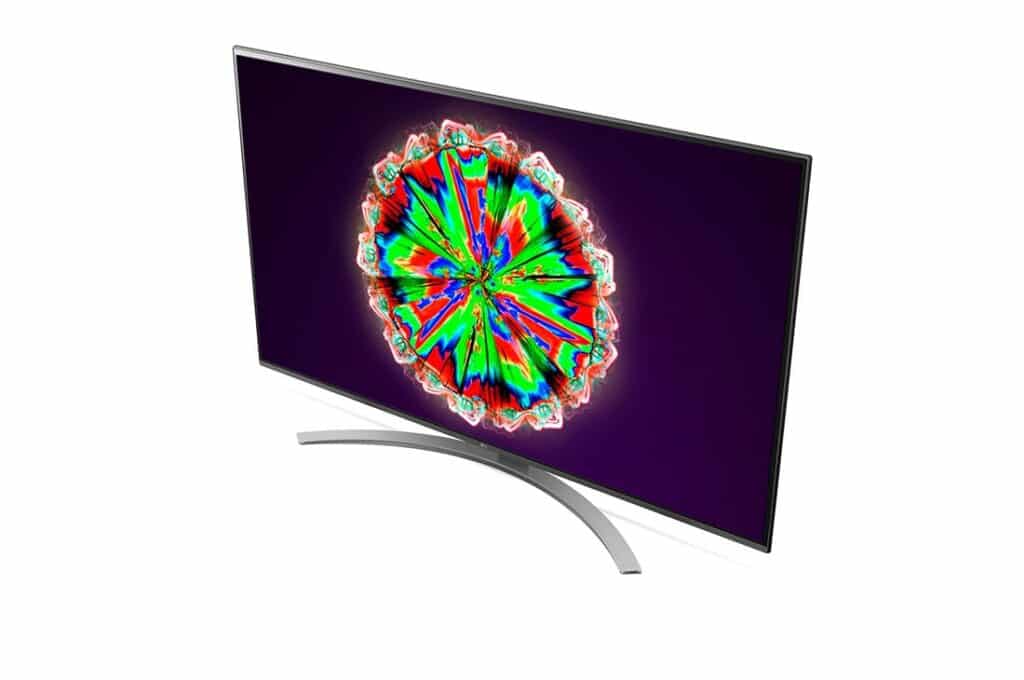
The LG Nano 81’s audio isn’t terrible. It’s not going to win any awards – what you’ll get is an excellent sound that brings the central midfielders forward for intelligible speech and a well-balanced overall sound. It’s not particularly detailed, so the music doesn’t sound great, but it’ll be enough for the majority of stuff.
The lack of Dolby Atmos support is the biggest letdown in terms of how the TV handles audio. You’ll need to upgrade to Nano 85 if you want positional sound.
Conclusion
Because of its edge-lit LED screen and poor local dimming, the LG Nano 81 is a level higher than the company’s UHD TVs but by far the weakest Nano Cell TV in the collection. Many next-generation capabilities, like HDMI 2.1 connections and Dolby Vision, are absent. While its picture quality is lacking, it does have an appealing design, runs on WebOS. This is fantastic and includes Magic Remote, and there are a few positive points.
Read more
- Best LG TVs to buy in 2025 that will effectively meet your budgets!
- Black Friday TV deals 2021 — One of the biggest sales to eye upon!
- Best Selling Mini-HDMI Cables In 2020
- How to add, cache, search for, and delete songs from Apple’s new Music app?
- Best VPNs that helps you for streaming at Netflix in 2025!
















